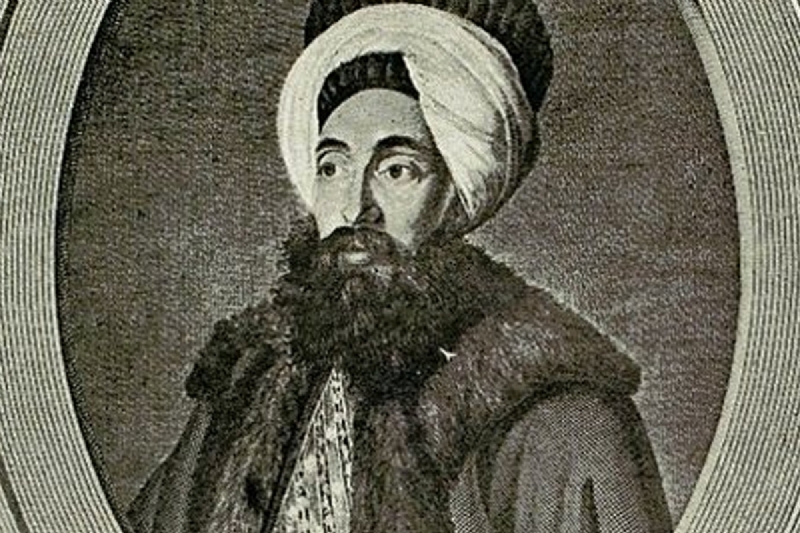Marine Painters: Seyit Ali Efendi
Seyit Ali Efendi, a sailor, geography, and astronomy scholar, was born in 1498 in Istanbul. He is originally from Sinop. He is one of the famous sailors of the period of Suleiman the Magnificent. His father, Hüseyin Ağa, took part in the post of Darüsınaa chamberlain. For this reason, it is also known as Kâtibî Galataî. They were among the dynasties of the period.
He started dealing with maritime at a young age. He learned almost all the information about maritime. He has also been engaged in mathematics, astronomy, and physics. He also learned Arabic and Persian. It also has a strong literary culture. During his travels, he learned Chagatay and Azerbaijani dialects. He even wrote poems using these dialects.
He had the opportunity to participate in many naval battles with famous captains such as Seydi Ali Reis, Barbaros Hayreddin Pasha, and Sinan Pasha. He took part in the Ottoman navy. Since the conquest of Rhodes, he has been alongside Barbaros Hayrettin Pasha in all naval battles in the Mediterranean. In this way, it has a great dominance in the Western Mediterranean region.
During the Battle of Preveza (1538), he was useful when he ruled the left side of the Ottoman navy. Thanks to this superior effort, his name has become more mentioned. After the death of Pirî Reis and Murad Reis, Seyit Ali Efendi was appointed as the commander of the navy.
Seyit Ali Efendi, who also wrote poems with the pseudonym Kâtibî, was also interested in the art of painting. The most famous work of the artist is the work in which he describes his long and adventurous journey to India. During all these wars and struggles, his interest in painting continued, which made him among the marine painters today. This aspect has made him both a successful sailor and a name intertwined with art.
Seydi Ali Reis was assigned to Aleppo in 1552 by the order of Sultan Süleyman. A year later, he was brought in command of the Egyptian navy. Piri Reis was punished for leaving the Egyptian navy in Basra. This event was a turning point for the artist. He had fifteen ships repaired. He then had to wait five months for the appropriate sea season. He left Basra with his navy at the appropriate time. On his way back, he met with the Portuguese navy. The Portuguese lost a ship in the collision. They retreated with this loss. Seyit Ali Efendi also continued on his way.

